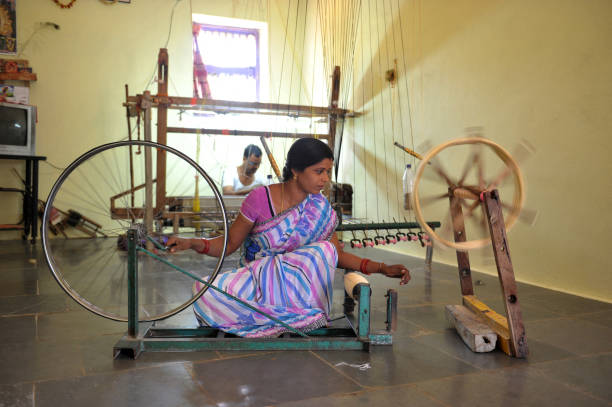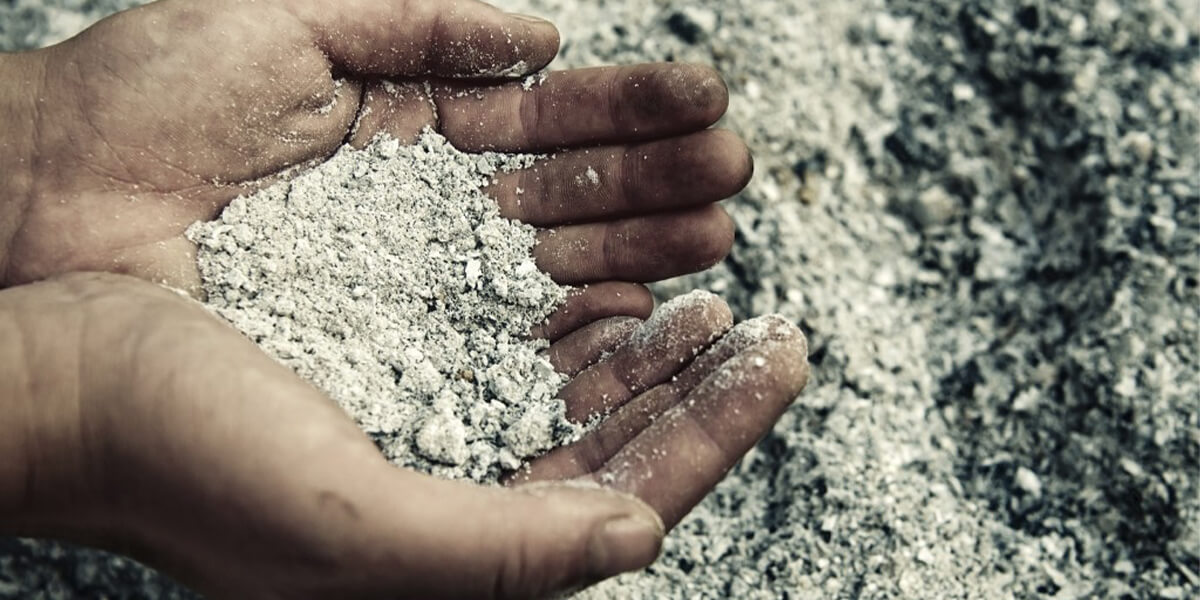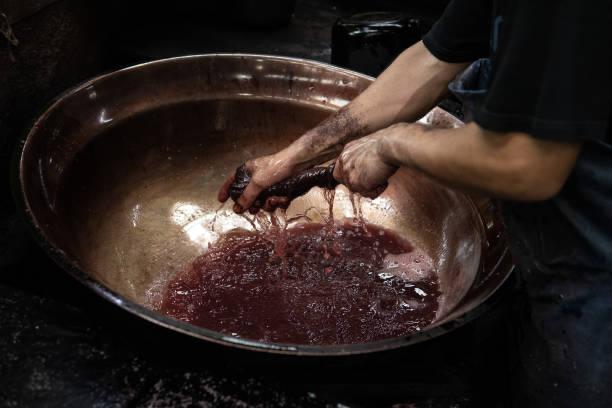Ayurvedic textile manufacturing is an ancient form of fabric production that uses natural, sustainable materials and processes. It differs from traditional methods as it does not involve the use of synthetic materials or chemicals, instead relying on natural dyes and fibers to create beautiful fabrics. Ayurvedic textile production is based on the principles of Ayurveda, an ancient Indian system of holistic health and wellness that emphasizes balance in body, mind and spirit. This type of manufacturing is becoming increasingly popular due to its sustainability and eco-friendly nature. By using natural dyes and fibers, ayurvedic textiles are not only better for the environment but also have a longer lifespan than their synthetic counterparts. Additionally, ayurvedic fabrics are often softer and more comfortable to wear than traditional fabrics. It is considered as a wellness clothing.
Harvesting & Processing of Raw Materials
This process involves collecting natural fibers from plants such as cotton, hemp, flax, jute, and bamboo. These fibers are then subjected to a process known as spinning which involves twisting the fibers together to form yarns or threads. The result is a strong and environmentally friendly fabric that can be used for various applications. Cotton spinning is one of the oldest methods used to produce fabrics and it still remains popular today due to its durability and sustainability. It is also an important step in creating fabrics that are safe for human skin and free from harmful chemicals.

Pre-processing of fabrics (Ready for Dyeing)
Pre-processing is a technique used to clean the fabrics or fibres of pollution. Pectin, which has a yellowish colour, is a component of cotton, and wax and starch are used in the spinning and weaving processes. We perform a pre-processing procedure to get rid of these undesirable components.
- Desizing
Herbs are employed in the desizing process to reduce the surface tension of the fibre or fabric. We require a natural surfactant for this. The process can be carried out using a variety of natural surfactants. The fabrics are immersed in the surfactant solution for 24 hours. As a result, it gets saturated and all the pollutants are stirred up and ready to break loose from the materials. We carry out the desizing procedure without applying any potentially harmful chemicals.
- Scouring
Scouring is a process where the impurities are removed. For this purpose, we need an alkaline material. Nature has given a lot of alkaline (ph more than 9) substances. In earlier days, people use wood ash. We collect waste timber woods, mostly residues after the banana cultivation were also used. The fabric or yarn is boiled in the presence of alkaline, so the impurities are washed out and pectin is also cleared to prepare the fabrics ready for dyeing (RFD).

Dyeing of fabrics
The intricate process of ayurvedic dyeing involves a wide range of participants. Shade herbs, mordanting herbs (myrobalam, jathi leaves), and ayurvedic herbs (for infusing ayurvedic qualities) are all types of herbs that provide shades.
- Selection of herbs for shades
More than 25 to 50 different herbs can provide vivid hues. These plants can be collected in the form of leaves, flowers, barks, skins, seeds, fruits from the wild. Herbs are sourced with great care. Based to their shades and accessible colours, herbs can be divided into numerous varieties.

- Selection of Natural Mordants
For fixing the colours into the fabrics, mordants are crucial. Mordants are used as both pre-mordants and post-mordants. Pre-mordant and post-mordant are used prior to and following dyeing, respectively. However, in Ayurvastra, mordant is added during the dyeing process or while making kashayam (decoction). Natural mordants derived from plants and minerals are widely accessible (natural alum). To ensure that the fabrics absorb effectively, we have a formula or proportion of mordant that must be applied.
- Selection of Ayurveda Herbs
All our Ayruveda textiles are dyed using live extracts by combination of the herbs focusing on general wellness. About 7 to 10 herbs are combined to make a kashayam which gives energy to the fabrics (Neem leaves, Aloevera, Adathoda, Turmeric, Tulsi, Pomegranate, Maddar, Indigo plant, red sandalwood etc). Ayurveda herbs are added to enhance the wellness effects for the users. Here, Ayurvastra differs from other types of natural textiles.
- Preparation of Kashayam
Kashayam is a mixture of live extracts of many different herbs used to make dye. Boiling the water releases colours, active ingredients, and mordant characteristics, creating a single-form aqua extract. More than 15 herbs are used in a material and water ratio (for shading, mordanting, and providing ayurvedic characteristics). Additionally, they were boiled in a controlled environment to produce live extracts (Kashayam).

- Dyeing
Fixing the colours into the fabrics is what this method entails. Directly immersed into the kashayam, yarn or fabrics (RFD) are boiled for a set amount of time at a controlled temperature. We carefully colour fabric or yarn using plants and herbs that have a high medicinal content, such as pomegranate, tulasi, myrobalan, and turmeric. For the same purpose, we have attempted to achieve and maintain the therapeutic properties of the herbs by submerging the plant material directly in the dye bath.

- Fixing and Softening
In ayurvedic herbal dyeing, the fabric is completed by sprinkling clean water on it after it has been treated once again with a natural surfactant solution to wash away any unfixed fibres from the yarn or fabric. Normally, dyed fabrics are too stiff. Therefore, to soften the fabric or yarn, natural herbal ingredients (like coconut oil and Castrol oil) are used.


